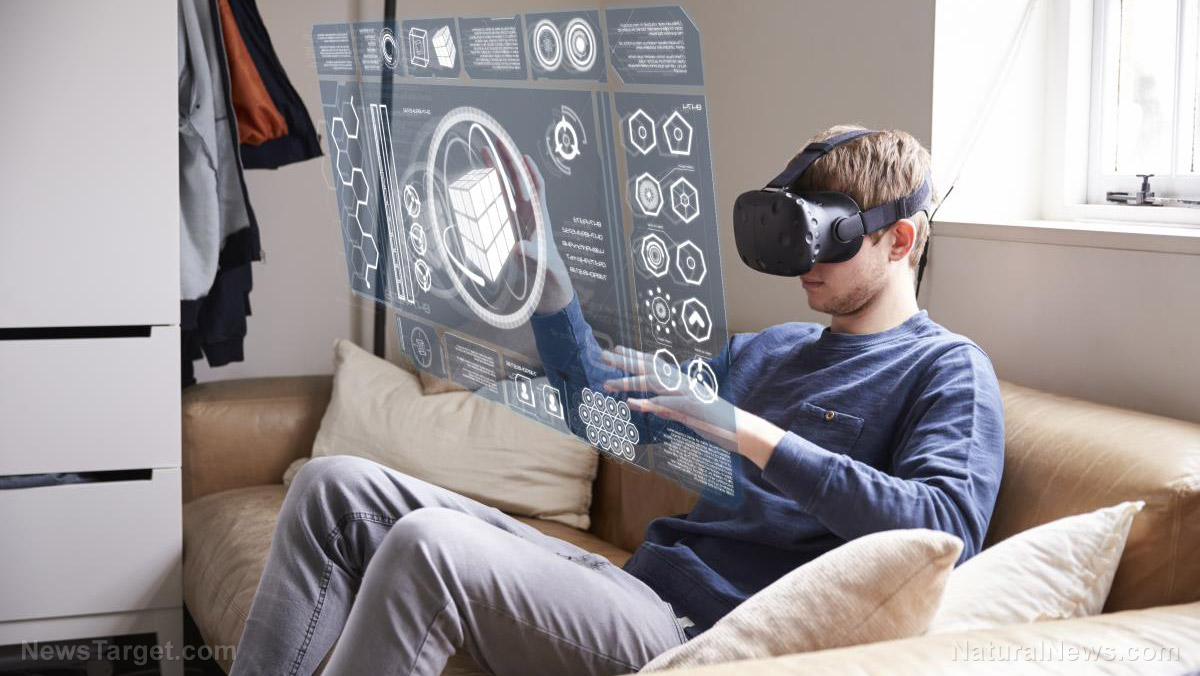
Advertisement
Virtual reality headsets are expected to be a hit this holiday season, but health professionals are warning about unknown health risks. The headsets immerse users in a 3D world. The experience could be of great benefit to paralyzed individuals or patients in hospitals and nursing homes. The experience could also be addicting, changing how the eyes and brain process visual stimuli. Experts warn that continued use could cause ocular stress and rewire how the brain processes visual information. This is especially a concern for children, whose brains are in crucial developmental stages.
Next generation could go numb to reality
The bombardment of visual stimuli could forever change how the next generation views reality itself. After growing up in these 3D worlds, children may come to view their actual reality as dull, boring, and miserable. How do these devices change the way the brain utilizes serotonin and dopamine over time? What are the psychological side effects?
Addicted to virtual worlds, new generations of kids could easily become depressed with their reality and use the virtual headset to escape that. Even worse, the next generation could unlearn what reality is and never grasp the concept of working toward goals and achieving real purpose in their lives.
One of the makers of the devices, Oculus Rift and Samsung VR Gear, warn that the headsets are not for children under 13. HTC Vive warns that their headsets are not for young children at all. Sony PlayStation recommends that their headsets only be used for children 12 and up. Still, it will be incredibly easy for parents to put one of these devices on their child’s head to entertain them for hours.

These devices really pave the way for a sterilized, controlled world where hoards of people sit around and plug their brains into virtual reality. The devices are another open invitation for inactivity which leads to all sorts of health issues. Under the spell of these devices, real life exploration and adventure is forgotten as people lose the ability to read road signs and navigate with their own hands, feet, and intellect. How many interesting conversations will be lost forever, as virtual reality headsets take away human interaction? Increased disconnection will change empathetic response in humans.
Virtual reality could damage vision, change how the brain works
Doctors are concerned that the technology could damage eyesight, causing nearsightedness. Realistically, the headsets flash images close to the face, but the devices trick the eyes and the brain into seeing depth. Over time, this could change how the brain accepts light and visual stimuli.
Dr. Joseph Rizzo of Mass Eye and Ear said, “There’s a legitimate question about whether that much exposure to artificial visual stimuli will alter the way the brain accepts and processes visual information. It’s an unknown.”
Naturally the eyes will converge on a near object and focus. When the depth is portrayed, the eyes will automatically diverge slightly. In the virtual reality headset, the eyes converge on the visuals presented up close. As the 3D kicks in, the eyes stay focused on the constant and do not divert into the depth of the device. This causes ocular/visual stress.
“The immediate concerns are with the younger users because they will be prone to use them for much longer periods of time,” Dr. Rizzo explained. Those concerns include what this might mean for a young, developing brains. “You need to understand whether the brain is changing in some permanent way.”
Health problems associated with the devices include disorientation, changes in perceptual judgment, change in psycho-motor performance, isolation, and mood changes.
Sources include:
Submit a correction >>
This article may contain statements that reflect the opinion of the author
Advertisement
Advertisements















